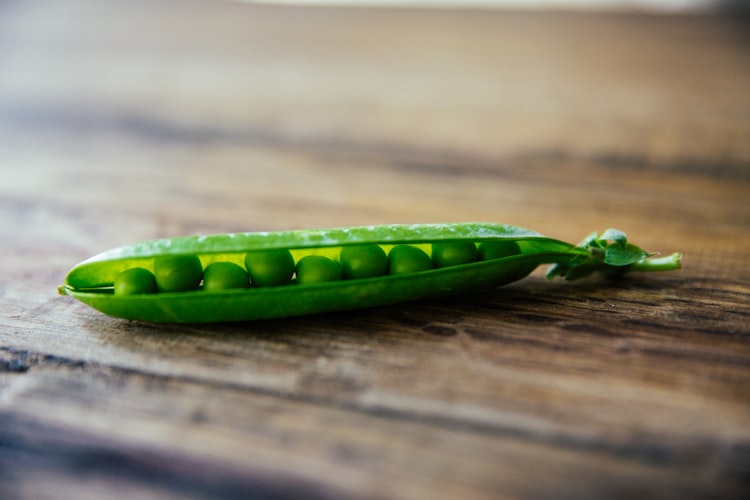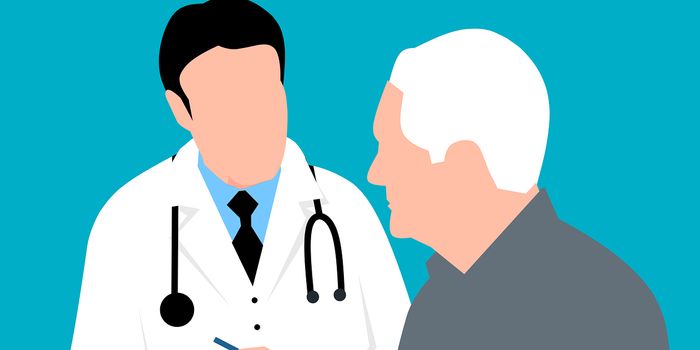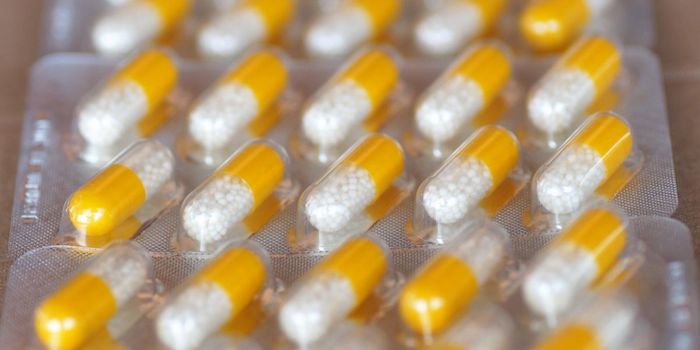Anticancer Drugs Help Plants Fight Infection
Drugs used for cancer treatments may now help plants fight diseases. A study conducted at Washington State University (WSU), by two plant pathologists—Lee Hadwiger and Kiwamu Tanaka, has revealed that cancer-fighting drugs used on humans can help scientists examine particular biochemical pathways that will allow plants to battle infections. The study was published in the journal Frontiers in Plant Science.
The WSU Department of Plant Pathology specifically studied anticancer drugs that hold the ability to alter the DNA of cancerous cells, when used in high concentrations, in order to slow their growth or completely inhibit it. However, when these anticancer drugs were used in low concentrations in plants, they were found to change the plant cell’s DNA by turning on genes needed for defense against pathogenic invasion. These studied anticancer drugs were DNA-specific and included actinomycin D, which is also known as ‘dactinomycin’ to the pea plant (Pisum sativum).
When these drugs were administered on plants, they excreted increased levels of an antimicrobial-based substance known as pisatin; a marker for a plants defense system. The treated plants were then exposed by scientists to fungal infections where the infection stopped within hours. Although Hadwiger and Tanaka, do not predict that anticancer medications will be used on crops, they do believe that this discovery brought deeper understanding onto the interactions between chemicals and plant DNA. "We used these drugs as a tool to understand how plants defend themselves from pathogens," explains Hadwiger. "We now understand how these defense genes can be activated and are using that knowledge to develop disease resistance against fungal infections and other pathogens. We needed a tool to stop the growth process in the plants and knew actinomycin D did that," Hadwiger said. "We thought we did something wrong because it didn't work at all."

Image via Phys.Org: "The effect of different concentrations of actinomycin D applied to pea tissue. The top image is lower concentration of the drug, the bottom the highest concentration." Image Credit: WSU
However, when the researchers decided to administer actinomycin D on the pea plant using low concentrations, instead of the usual dose for cancer treatments, the plant was able to fight infections. "We finally figured out what was going on with the different reactions based on high and low concentrations," Hadwiger said. Since plant and animal genes are activated in the same way, it was natural to think that drugs would exert the same actions. But, researchers later found out that plant physiology handles drugs differently than in animals and humans. DNA does not readily recognize a drug as anticancer, it is just a set of compounds that is capable of alerting its makeup. "Cells only recognize the chemistry shot at them," Hadwiger explains. "We didn't expect anticancer drugs to help plants fight pathogens. But once we understood the interaction, it made sense."
The researchers of the study do not expect anyone to use anticancer medications on their crops, however, the research nonetheless is insightful. “In basic research, when you actually understand the workings or mechanisms of something, you'll be able to apply it to real-world use," Tanaka said. "We think this will have important impacts for growers that will help better fight pathogens in the near future."
Source: Washington State University










